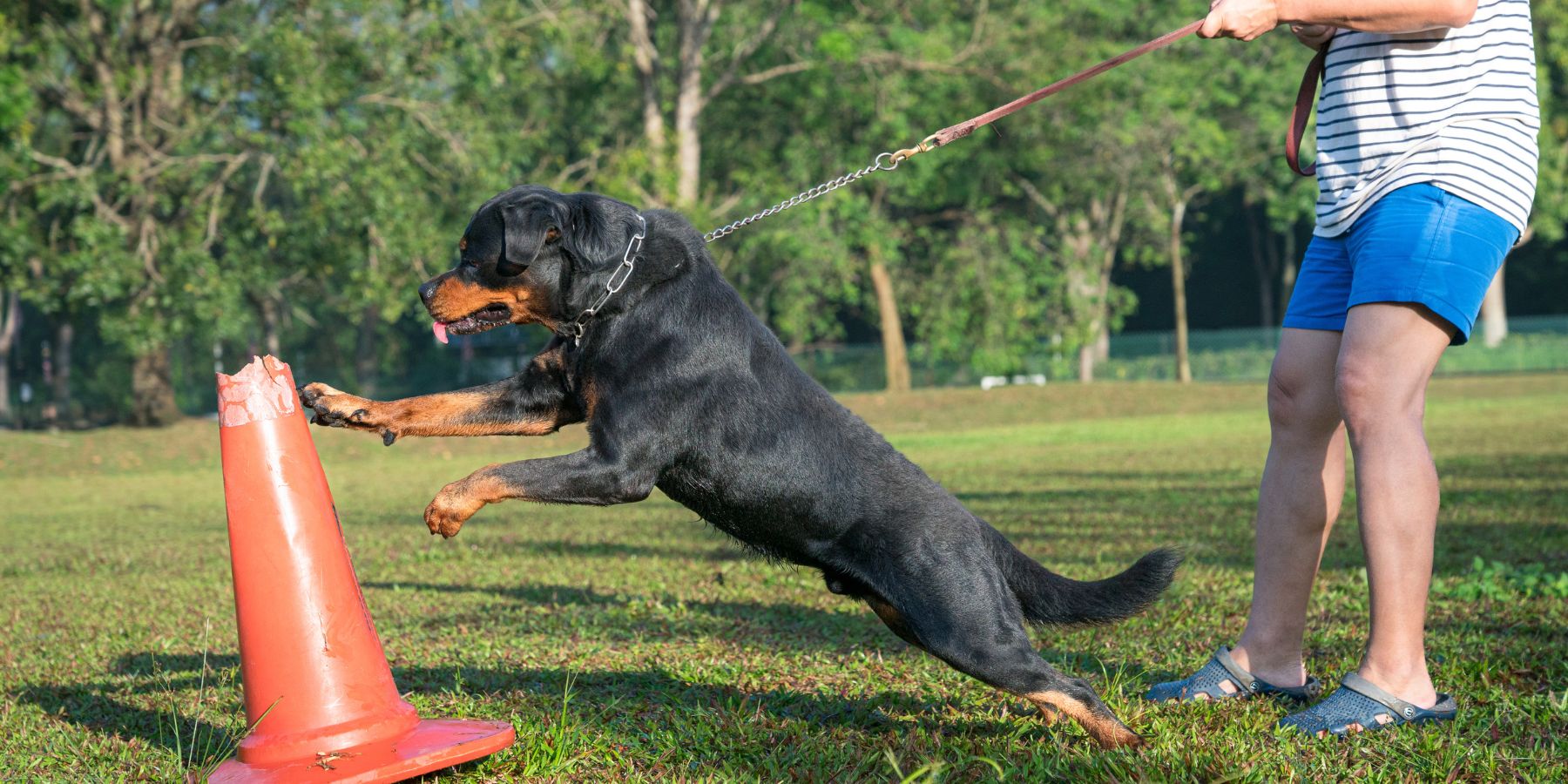Aggressive behavior in dogs can be challenging, but with the right approach, it’s manageable. This guide provides insights into understanding, navigating, and correcting aggressive behavior in your furry friend.
Understanding Aggression
Before addressing aggressive behavior, it’s crucial to understand its potential causes. Aggression in dogs can stem from fear, territorial instincts, frustration, or medical issues. Identifying the root cause is key to effective correction.
Navigating Aggressive Episodes
1. Stay Calm and Avoid Agitation
During an aggressive episode, maintaining a calm demeanor is essential. Avoid raising your voice or making sudden movements, as this can escalate the situation. Speak in a soothing tone to reassure your dog.
2. Create Distance
If your dog displays aggression, create distance between them and the perceived trigger. This can prevent the situation from intensifying. Use a leash to guide your dog away calmly.
3. Identify Triggers
Understanding what triggers your dog’s aggression is crucial. Whether it’s specific people, other animals, or certain situations, pinpointing triggers helps you proactively manage and correct the behavior.
Correcting Aggressive Behavior
1. Positive Reinforcement
Positive reinforcement involves rewarding good behavior to encourage its repetition. When your dog responds calmly in a situation that typically triggers aggression, offer treats, praise, or affection. This reinforces the positive behavior.
2. Obedience Training
Basic obedience commands, such as sit, stay, and come, can be powerful tools in managing aggression. Training sessions create a strong bond between you and your dog, enhancing their responsiveness to commands.
3. Consult a Professional
If aggression persists or escalates, seeking professional help is advisable. A certified dog trainer or behaviorist can assess your dog’s behavior, provide tailored strategies, and guide you through the correction process.
Building Trust Through Consistent Correction
1. Consistency in Correction Techniques
Consistency is crucial when correcting aggressive behavior. Apply chosen correction techniques consistently to avoid confusion. Dogs respond well to routine and clear expectations.
2. Avoid Physical Punishment
Physical punishment can exacerbate aggression and erode trust. Instead, focus on positive reinforcement and redirection. Physical harm can lead to fear-based aggression.
3. Addressing Fear-Based Aggression
If fear is a driving factor behind aggression, work on creating positive associations with the trigger. Gradual exposure, threats, and positive reinforcement can help alleviate fear.
Calming Aggressive Dogs: A Practical Approach
How to calm an aggressive dog involves practical strategies that align with correction techniques:
1. Use a Calm Voice and Body Language
Approach your dog with a calm voice and relaxed body language. Avoid making direct eye contact, as this can be perceived as a threat.
2. Provide a Safe Space
Offer a designated safe space where your dog can retreat when feeling anxious or threatened. This can be a cozy corner or a comfortable crate.
3. Gradual Desensitization
Gradual exposure to triggers in a controlled environment helps desensitize your dog. This process, coupled with positive reinforcement, can reshape their response.
FAQs about Correcting Aggressive Dog Behavior
Q1: Can aggression in dogs be completely eliminated?
While complete elimination may not always be possible, significant improvement is achievable with consistent correction and positive reinforcement.
Q2: Is professional help necessary for correcting aggression?
In persistent or severe cases, consulting a professional dog trainer or behaviorist is recommended for tailored guidance.
Q3: Can aggression result from a medical issue?
Yes, certain medical conditions can contribute to aggression. Regular veterinary check-ups are essential to rule out underlying health issues.
Q4: Are some breeds more prone to aggression?
Aggression is influenced by various factors, and breed alone is not a reliable predictor. Individual temperament plays a significant role.
Q5: How long does it take to correct aggressive behavior?
The timeline for correction varies based on the dog and circumstances. Consistent application of correction techniques is key to seeing positive results.
By combining understanding, consistent correction, and practical calming techniques, you can navigate and correct aggressive behavior in your dog. Patience, positive reinforcement, and professional guidance, when needed, contribute to a safer and more harmonious relationship with your furry friend.
